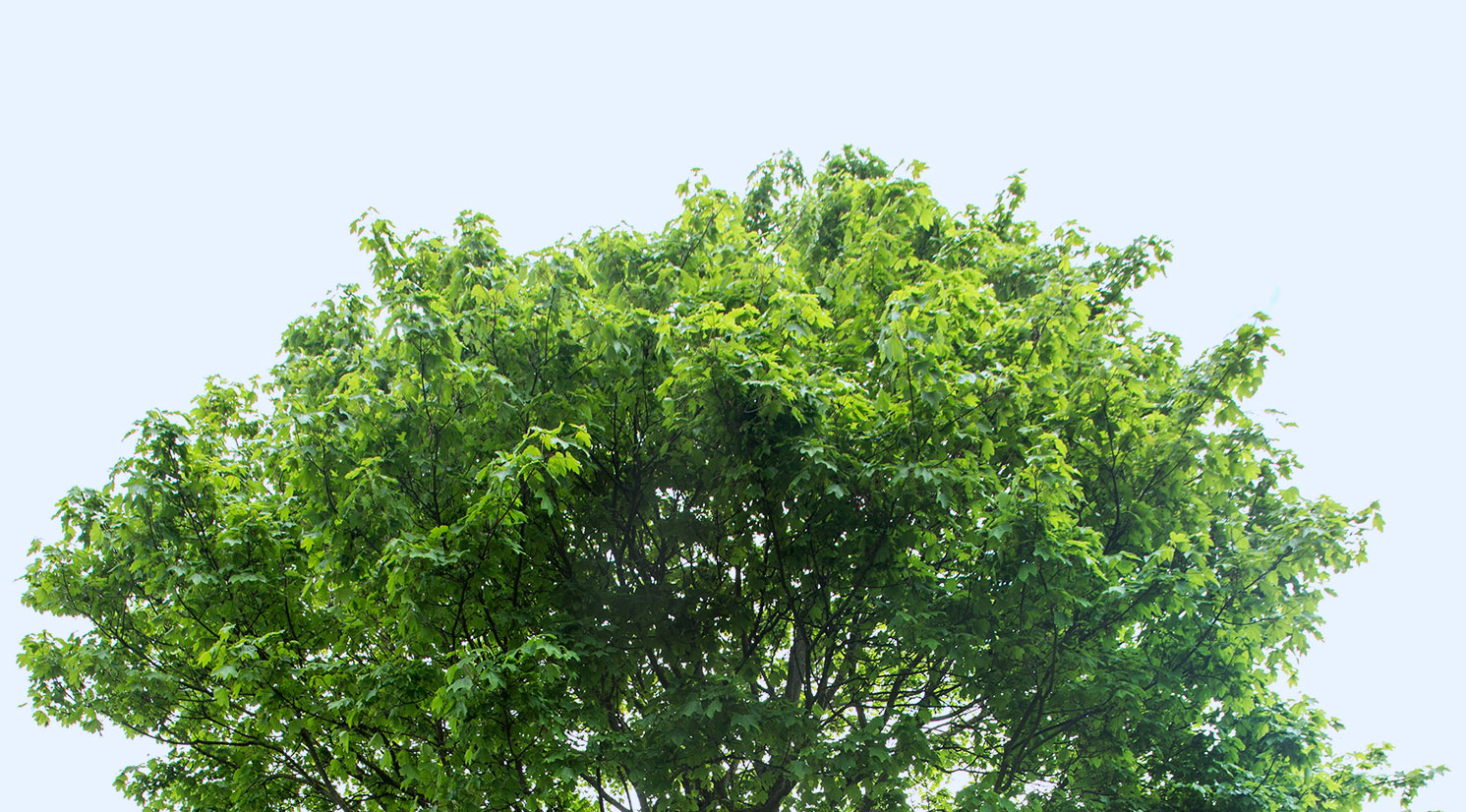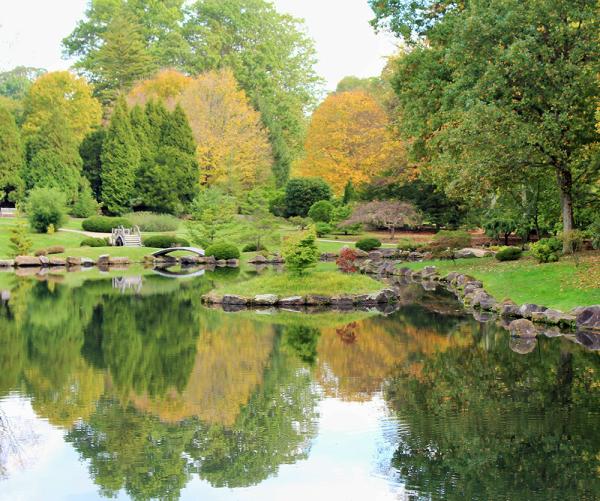The Japanese Garden is a unique and well-known spot here at The Arboretum. This authentically inspired space was designed by Makoto Nakamura in 1963 and officially opened in 1965. The garden is a combination of four styles of Japanese garden design: hill and pond garden, dry garden, tea garden and stroll garden.
If you have ever visited the Japanese Garden, you may have wondered what the large rocks with gravel beds in the center are. These are called Karesansui and it directly translates to “dry landscape”. The large rocks surrounding the perimeter represent the coastline of Japan. Inside, the small gravel is called turkey grit and offers a smooth raking effect. The raking of the Karesansui is done to show the flowing of water. Most of the time the gravel will be raked in relation to the upcoming weather we will be having. For example with storms or heavy rain, the gravel will be raked in the pattern that represents high flowing water. If the weather is mild and sunny for the week ahead, then smooth raking will be shown with only a few lines.
Nakamura incorporated our native woods and plants into the design, creating a Japanese-style garden in a distinctly American landscape. Right as you enter the Japanese Garden, you will come upon a grouping of crab apples. These are Sargent crab apples, which are native to Japan. In their native setting, crab apples are often used as specimen trees or bonsai. The flowering branches are also frequently used in ikebana, the Japanese art of flower arranging.
You will also find Japanese flowering cherries among the landscape. Flowering cherries are highly celebrated in Japanese gardens and culture. The springtime tradition of hanami, which translates to "flower viewing," centers around cherry blossoms, or sakura. There is a short window for their blooming period, a couple of weeks during the in-season time. These cherries are appreciated for their beauty and transitory nature.
While walking along the path, the resting house will be off to your right.The material of the roof and walls are authentic to Japanese architecture. The structure was built in another state and was then transported to The Arboretum where the final piece was assembled.
Join us today to immerse yourself in the beauty of native Japanese plants, architecture and landscape right in Newark, Ohio!


